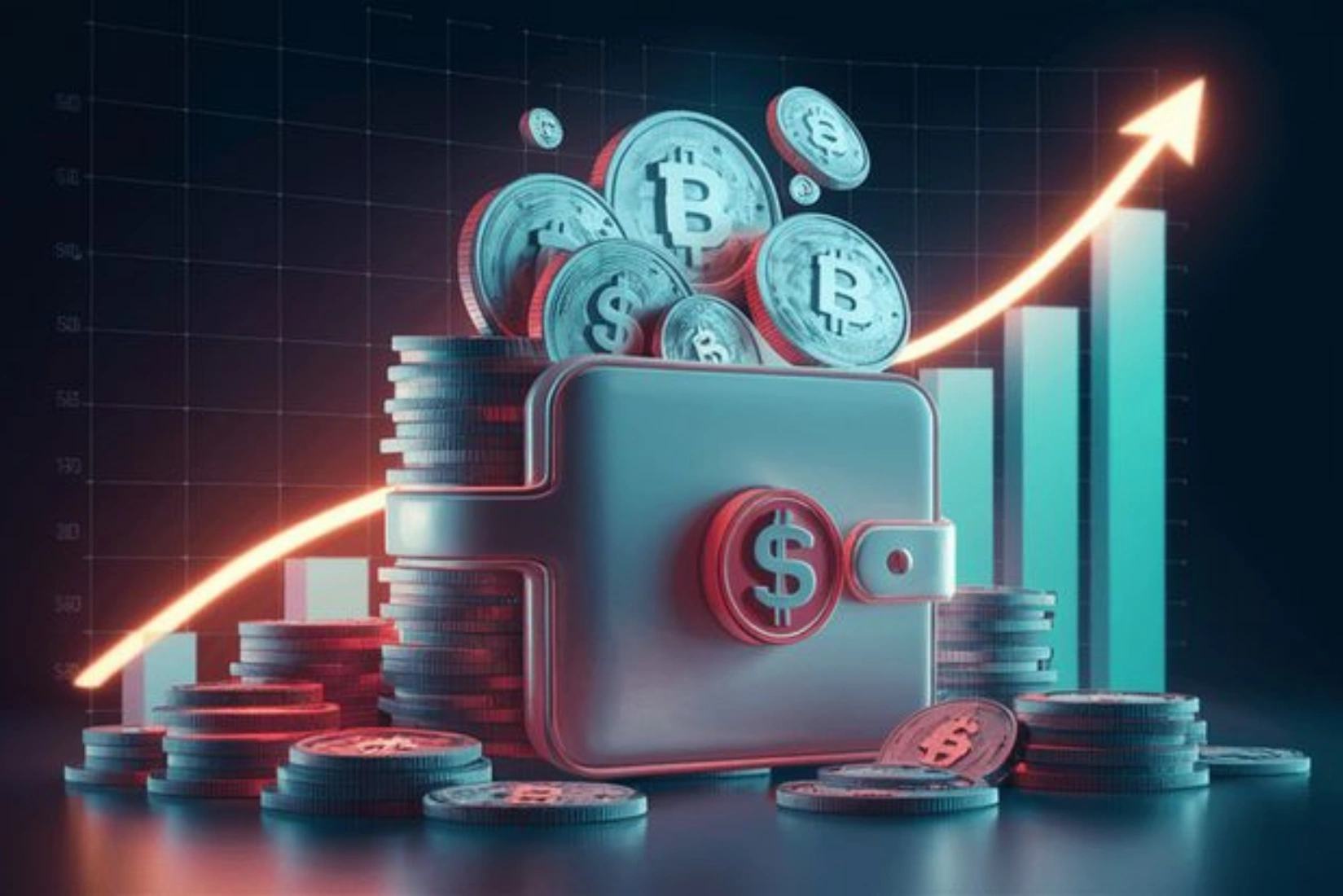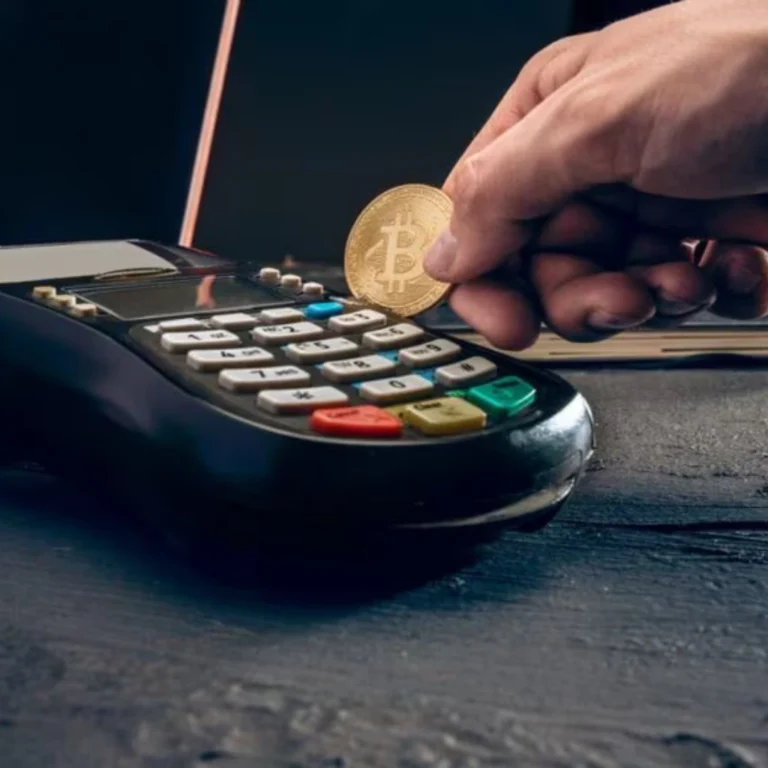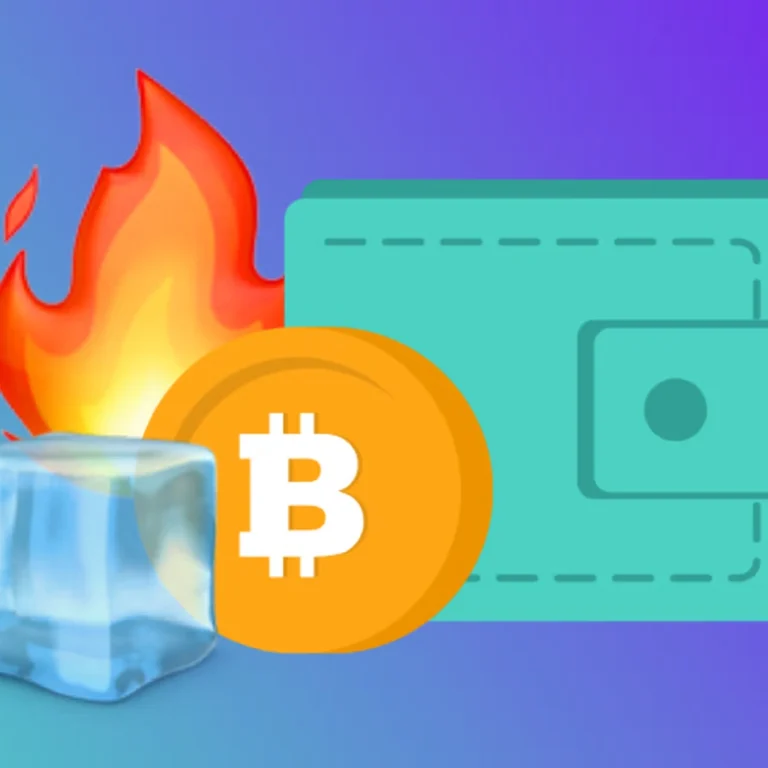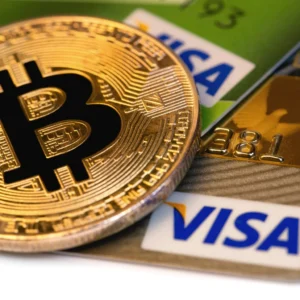If you’ve been exploring the world of cryptocurrency, there’s a good chance you’ve seen the term “crypto staking” pop up. For newcomers, it might sound technical or even a bit suspicious—like some kind of passive income hack. But in reality, crypto staking is a legitimate and increasingly popular method to earn rewards while helping secure blockchain networks.
This guide will walk you through exactly what crypto staking is, how it works, and what you need to know before getting started.
What Is Crypto Staking?


Crypto staking is the process of participating in the validation of transactions on a blockchain that uses a Proof of Stake (PoS) consensus mechanism. Instead of relying on energy-intensive mining (as Bitcoin does), PoS blockchains allow users to lock up, or “stake,” their coins. In doing so, they help secure the network and are rewarded with additional cryptocurrency.
Think of it like depositing money in a digital vault. Your coins remain yours, but while they’re locked up, they’re doing useful work for the network—like verifying transactions and maintaining security. In return, the network compensates you with rewards, often in the form of new coins.
How Does Staking Work?

Staking is only possible with certain cryptocurrencies—typically those built on PoS-based blockchains, such as:
- Ethereum (post-merge)
- Cardano (ADA)
- Solana (SOL)
- Polkadot (DOT)
- Tezos (XTZ)
When you stake your crypto, you’re essentially committing it to the network. These coins are used to help validate transactions. Validators (or those who run validator nodes) are selected based on how much crypto they’ve staked, and in return for their work, they receive rewards. If you’re not ready to run your own validator, you can delegate your coins to one instead.
Why Stake Your Crypto?

Passive income is one of the biggest draws. By staking, your idle crypto starts generating returns—kind of like earning interest in a savings account.
But there’s more:
- Network participation: You help strengthen and secure the blockchain.
- Long-term gains: If you believe in the project, staking lets you stay invested while earning on the side.
- Compounding potential: Some platforms allow you to automatically reinvest your rewards for greater future returns.
That said, staking returns can vary. Some networks offer 3–5% annually, while others go as high as 10–15%. Just remember: higher returns often come with higher risk.
Understanding the Risks


Staking isn’t risk-free. Here are some of the key things to be aware of:
- Lock-up Periods: Your coins may be inaccessible for a set period (sometimes weeks) after you decide to stop staking.
- Market Volatility: If the price of the coin drops significantly while it’s staked, your rewards might not offset the loss.
- Slashing: Some networks penalize validators for downtime or malicious behavior—potentially resulting in lost funds for stakers.
- Platform Risk: If you’re staking through an exchange or third-party service, there’s always the risk of hacks or mismanagement.
How to Get Started With Crypto Staking
There are several ways to stake your crypto, depending on your level of experience and comfort:
- Centralized exchanges like Binance, Coinbase, or Kraken offer simple, beginner-friendly staking services.
- Staking pools allow smaller holders to combine resources and share rewards—ideal if you don’t meet minimum staking requirements.
- Solo staking involves running your own validator node—more complex, but offers full control and potentially higher returns.
Whichever route you choose, always do your own research (DYOR). Look into the project’s fundamentals, read user reviews, and understand the terms before committing your coins.
Final Thoughts
Crypto staking is more than just a buzzword—it’s a core part of how many modern blockchains operate. It’s also one of the more accessible ways for everyday users to earn passive income in the crypto world, all while contributing to the ecosystem they believe in.
That said, staking comes with its own set of risks, and it’s important to go in with eyes wide open. By understanding the mechanics, choosing trustworthy platforms, and staying informed, you can make staking a useful part of your crypto strategy.
And remember: in crypto, knowledge is just as valuable as your wallet.
Relevant News: Can RWA Be Traded Across Borders? A Practical Guide to Cross-Border RWA






